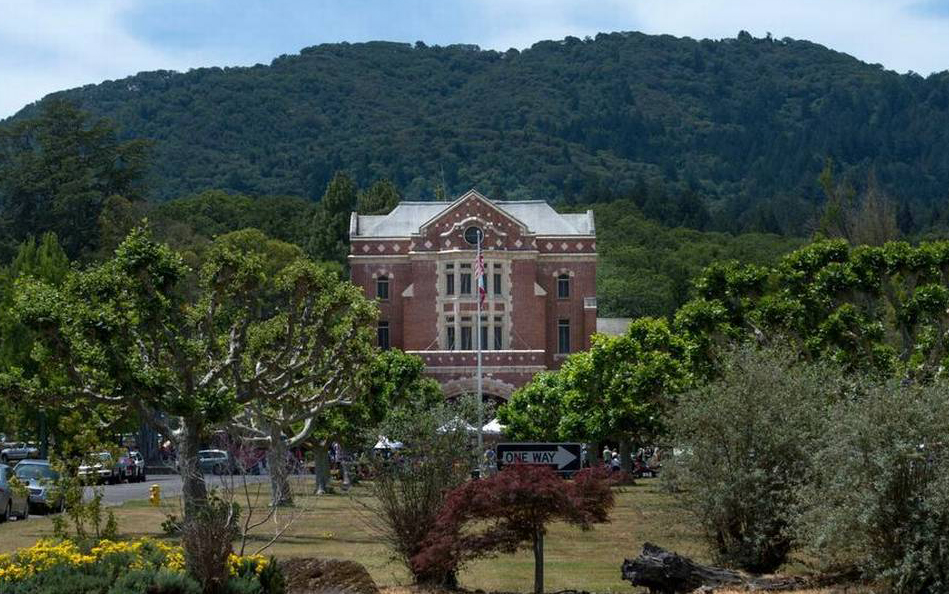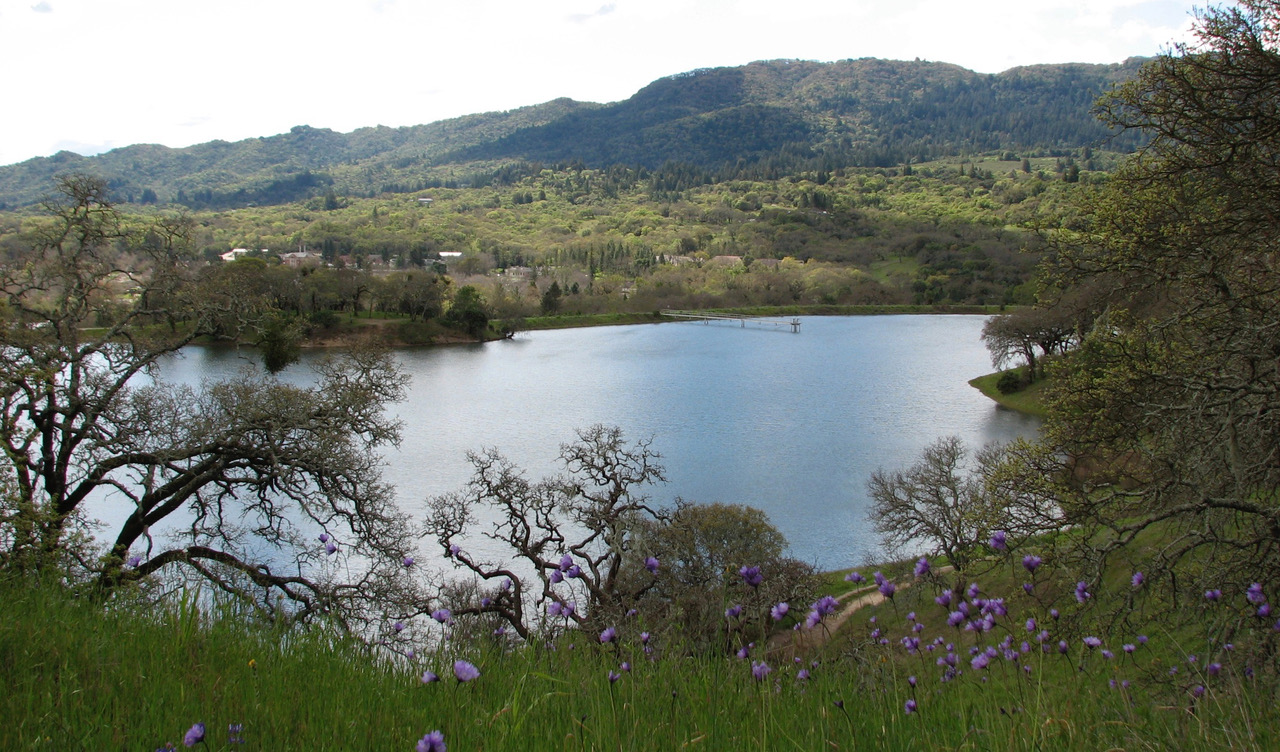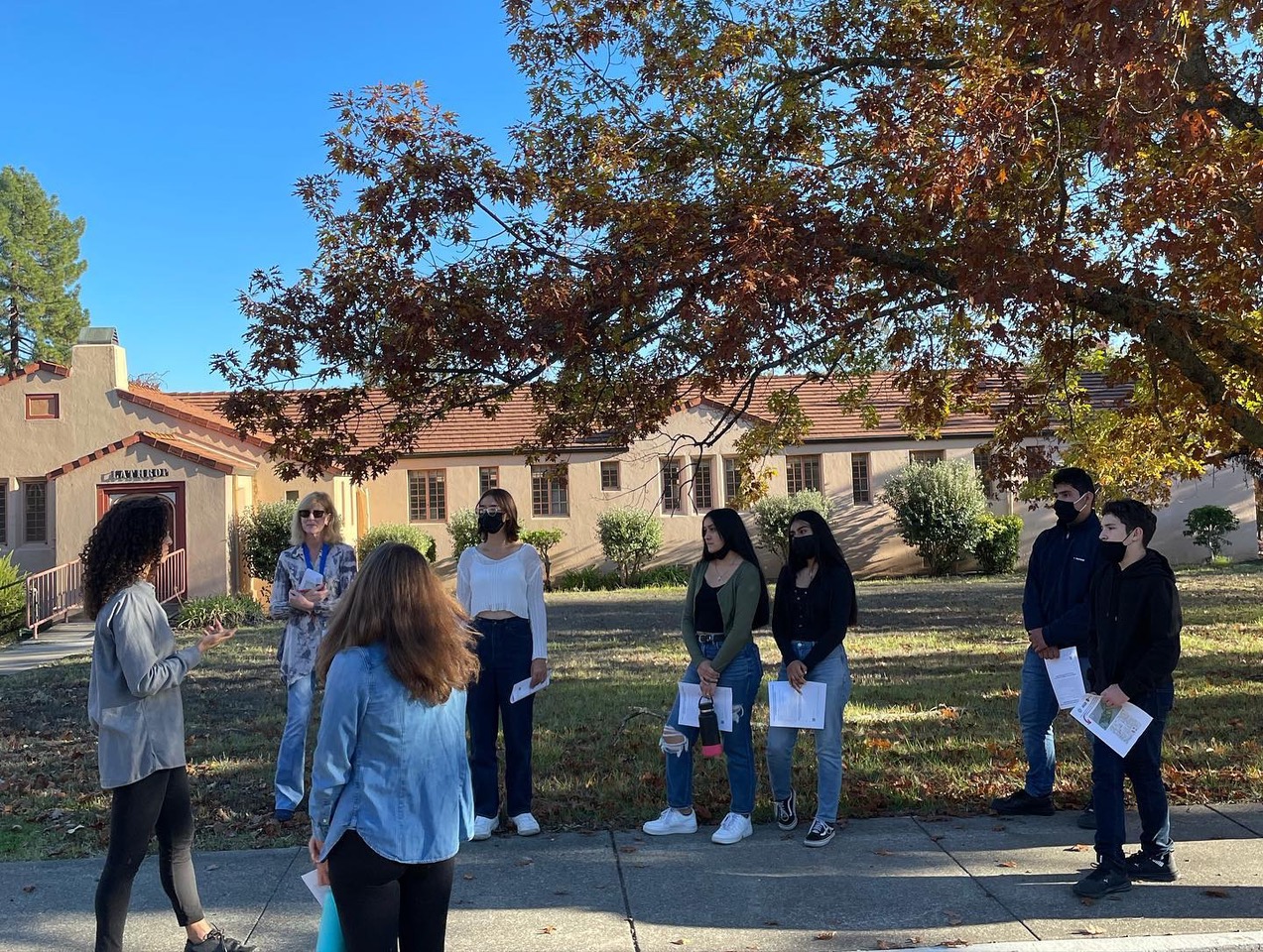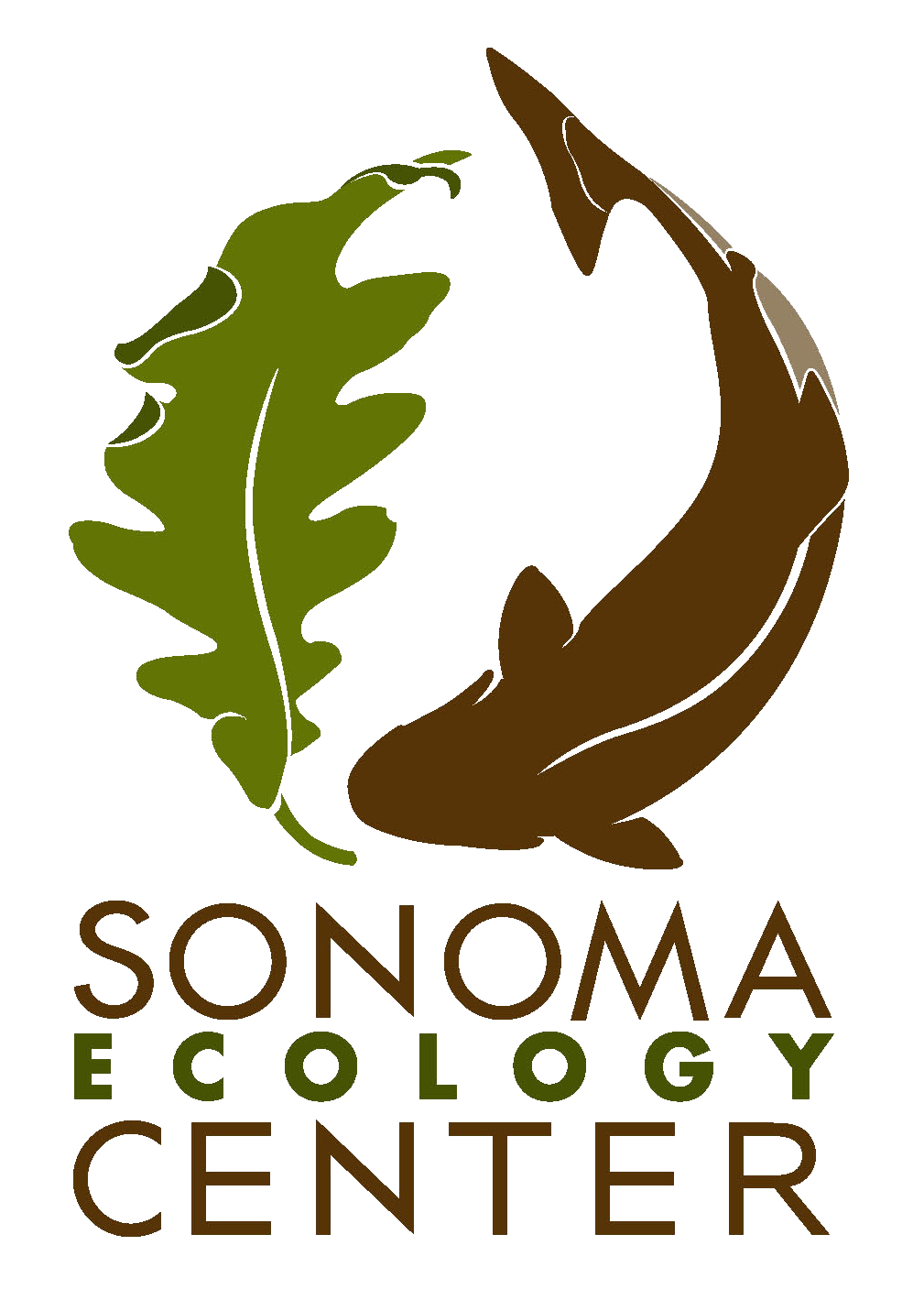Sonoma Ecology Center’s Vision for the
Former SDC Campus and Wildlands
Our comments on the revised development proposal, March 20, 2024.
Our comments on the draft SDC Specific Plan’s Environmental Impact Report, September 26, 2022
Our comments on the draft SDC Specific Plan, September 26, 2022
Our comments on the SDC Specific Plan Alternatives, November 27, 2021
Our policy recommendations regarding SDC Specific Plan, April 3, 2022

SDC is a place where holistic solutions can come together for the land and our Valley community.
If we want to succeed at solving the most pressing environmental issues, including climate change and the biodiversity crisis, we must find solutions that address multiple challenges simultaneously: environmental, social, and economic.

Protecting the SDC’s Wild Spaces
SDC’s redevelopment needs to protect the site’s wild spaces, especially its wildlife corridor. We have documented how SDC is home to an incredible array of species—read about them here. We want to see the wildlife corridor expanded at its narrowest point along the north and northeast side of the campus, by pulling the boundary of the developed area inward. Setbacks along Sonoma and Hill Creeks should be larger—100 feet—to make room for a reestablished floodplain, riparian habitat, steelhead recovery, and groundwater recharge. The wetlands in the eastern meadows should be protected and restored. The site’s many water features—reservoirs, springs, streams, wetlands—should be managed holistically to produce multiple benefits to the entire Valley’s people and ecosystems. Developed areas should have foot trails connecting to natural spaces, for all the benefits that occur from human connection with them, while assuring that they retain their ecological function. Paths and recreational areas are good, but they should stay away from the wildlife corridor and Sonoma Creek. Built areas and paths should use Dark Sky standards.
Housing for Current and Future Generations
Even after fully protecting and even enhancing SDC’s tremendous natural treasures, there is room in what’s left of the campus, for some of the housing that is needed for current and future generations. Any housing plan for SDC must go beyond market-driven factors that are driving people—up to and including the middle class—out of the Sonoma Valley. Housing at SDC should be a model for reversing this trend, not exacerbating it. SEC calls for most of the site’s housing to be affordable to below-AMI residents, including a mix of rental and owner-occupied units, whether via subsidy or affordable “by design.” Community land trusts are an excellent tool for creating permanently affordable housing. Frequent flexible transit is key for reducing driving and pollution.


Economic Engine for a Resilient Future
Third, we would like to see an economic engine, at a scale that supports the wildlife corridor, the land, and the community, that serves current and future community residents with work that is meaningful and that provides a pathway for those who grow up here to stay. When people live where they work, there are fewer vehicle trips and a greater sense of place. For example, a nonprofit hub could house local organizations–including SEC–and interpret the site’s natural resources to students of all ages.
Better Options
Sonoma Ecology Center is participating in several conversations to create better options for the SDC campus that deliver ecological health and benefits for a wide spectrum of communities.
For example, we are collecting environmental data about the 950-acre former SDC property to help inform recommendations about the property’s redevelopment and stewardship that optimize the health and resilience of ecosystems and human communities. Our partners include Sonoma Land Trust, Audubon Canyon Ranch, and Jack London Park Partners.
